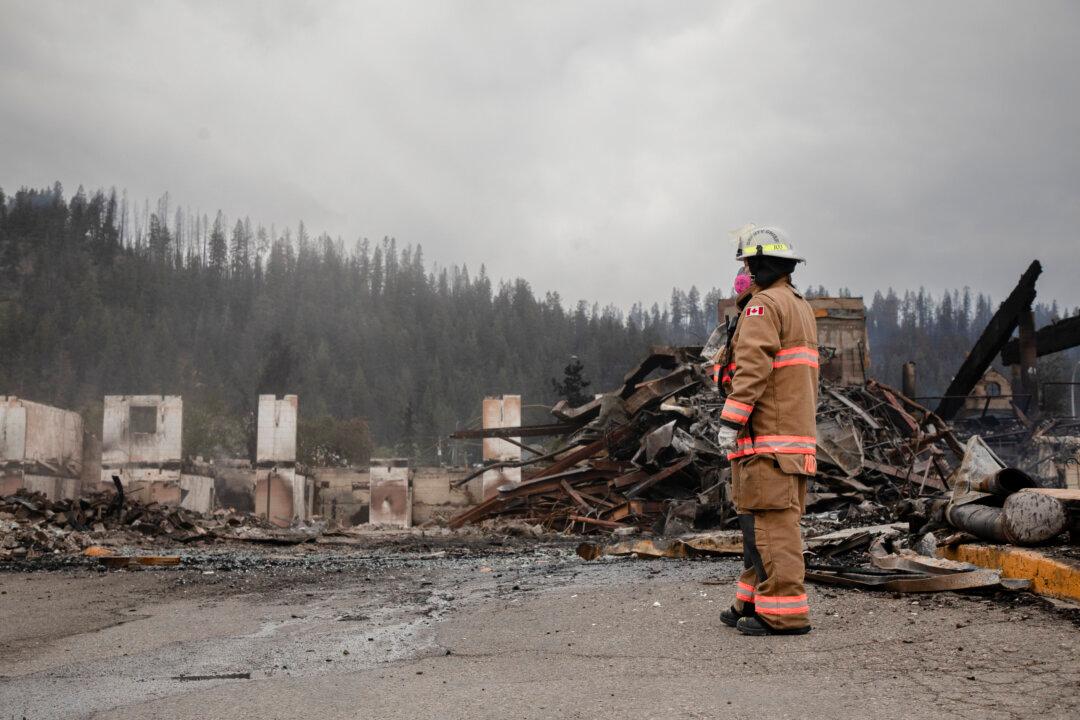For the past several years, Jasper has been surrounded by thousands of hectares of dead pine trees, prime fuel for fire.
Foresters Ken Hodges and Emile Begin began raising the alarm in 2017 after the pine beetle, which is native to Canada, killed off swaths of forest in the mountain town. The beetle has left dead, red-hued forests across much of the region, which includes Jasper National Park.





